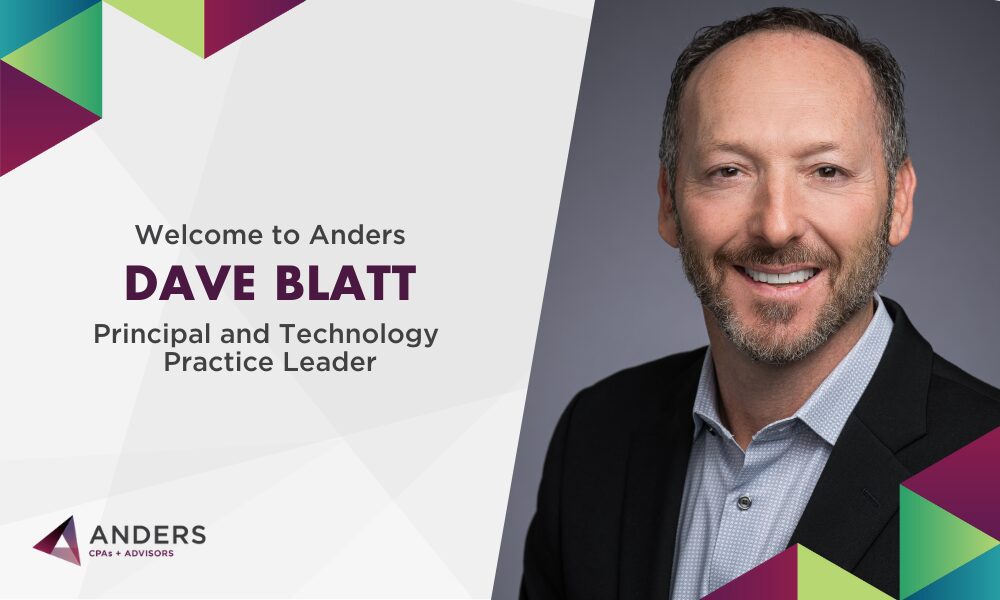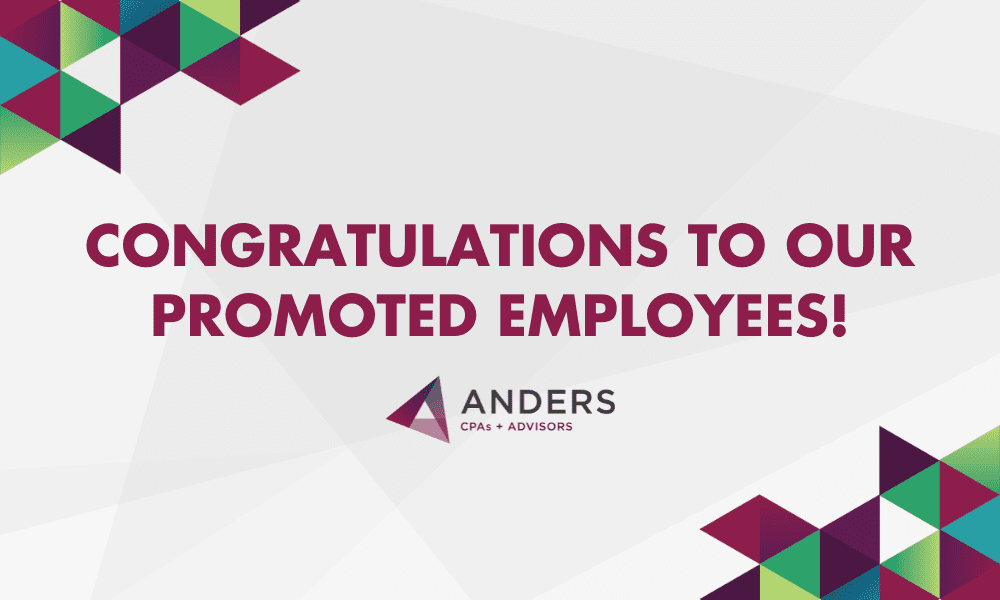Creating a strong presence on LinkedIn can help expand your professional network, land a job and advance in your career. People say LinkedIn is the “Facebook for professionals”, but job seekers need to know how to use it to their full advantage. Following the tips below can help you get the most out of the platform when job searching.
Profile Picture
The picture on your profile says a lot about you. It should be a head shot, not a full body picture. The clothing that is showing should not have any logos, unless it is your current company’s logo. Many recent graduates will use a picture from graduation in their cap and gown, which is perfectly appropriate until they are hired somewhere.
The picture should be current, meaning it is how you currently look. If you get a drastic haircut, it is time for a new picture reflecting that. Recruiters will be confused if you look completely different than the picture they see on your LinkedIn.
Headline and Description
The headline should reflect your present position or if you’re a student it should say what your major is. It should also include any titles or certifications (ex: MD, SHRM-CP, or CPA). The description below the headline is a brief summary of who you are, what experience you have, and what you are looking for.
Here’s an example of a basic, straight forward description:
“I attend [school name] studying towards [degree]. I chose this degree because of [reason]. Last year, I had the opportunity to intern at [organization] where I learned [skill]. I will graduate [date] and am seeking a [job title] position in the [city/region] area.
For inquiries please contact me at: [email or phone number]”
Experience
Your LinkedIn is basically another resume, so anything that is on your resume should be on your LinkedIn profile. You can even copy and paste directly from your resume so that your LinkedIn reflects each job and your duties. Recruiters will use the duties listed to determine whether you are a fit for the position they have. Having this up to date with your resume will make it very easy to apply for jobs through LinkedIn because a lot of applications will auto-populate the information from your LinkedIn profile. You also have the option to attach your resume, or any other documents/media, to your profile.
If you have held several positions at multiple organizations, only keep the most recent, the last 4 or 5 years, or most relevant experience. Your LinkedIn profile doesn’t need 10 jobs listed- keep it concise.
Education
Just as you would on your resume, you need to list the name of the school and the years you attend(ed), your major, any involvement, and your GPA. If you attended multiple colleges, list them all. College is the most relevant education, but in some cases it makes sense to have information about your high school, as well. If you are from St. Louis and seeking a job in St. Louis, it is very relevant to have your high school listed because the age-old question here is “what high school did you go to?” If a recruiter sees that you went to the same high school as them, it may work to your advantage!
Skills and Endorsements
Under the skills portion of the profile, having at least three skills listed is a good start. This area gives you a chance to mention any skills or qualifications you have that may not be on your resume. Soft skills such as interpersonal skills, customer service, or writing can be listed here as well as technical skills like auditing. Your connections can endorse your skills, which shows that the people you have worked with agree that you are skilled in those areas.
Connections
Your connections on LinkedIn are your professional network. Connecting with your peers is the first step, but chances are those connections won’t be the ones that help you the most. Connecting with people in the industry that you work in or are interested in working in can help you see job postings or find companies that you want to work for. Remember to connect with recruiters that you meet at career fairs or networking events. Connections in your field will also post articles that are relevant to your work or studies. LinkedIn is not Facebook- connecting with people you do not necessarily have a personal relationship with is normal. It is meant to be a platform to connect with other professionals, not just your friends. The more connections you have, the larger your professional network is.
What to Post
Staying active on your LinkedIn is important to keep your face in front of the people in your network. One type of post you can make are updates on your job status- whether you’re seeking, found a position, leave a position, etc. You can also post any articles that you find interesting that have to do with your industry, position or major. Many people post their accomplishments or work they finish and want to share with their peers and colleagues. Posting questions or asking for advice is also a great way to interact with your network.
LinkedIn also allows you to repost others’ posts. I recommend reposting posts made by or about your company/school. You can also follow organizations that post articles pertaining to your industry/major and that is a great place to find articles to repost. Adding a comment of your thoughts or why you are sharing the post makes it more interesting for your connections.
Searching for Jobs
LinkedIn makes searching for jobs very easy. You can search by job title, company name or experience level. After searching one of those things you can also use filters to narrow the search such as; location and full-time or part-time. Now that you have a list of jobs that you are interested in, you can save jobs and apply for them. Some applications allow you to use your LinkedIn profile to auto-populate information which cuts down the application time. Once you have saved jobs, LinkedIn will suggest similar jobs that come up so that you don’t have to keep searching the same criteria multiple times. You can also turn on notifications for specific types of jobs or companies so that you know when any jobs with that title or in that company are posted.
The most important part about utilizing LinkedIn is checking it regularly. Recruiters will often send messages to multiple LinkedIn candidates in one day and if you take a week to answer, you may have missed your shot. You should always respond to messages from recruiters even if it is to tell them you are not interested at that time. This way, if you are ever searching for a job in the future you have that connection to help you. Checking LinkedIn regularly will help you stay active as well. Follow Anders on LinkedIn to keep up with what’s new at the firm, or check out current openings at Anders.




